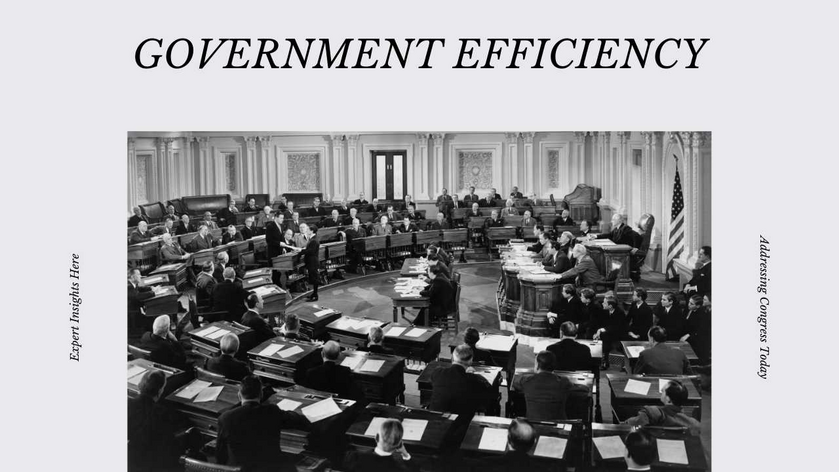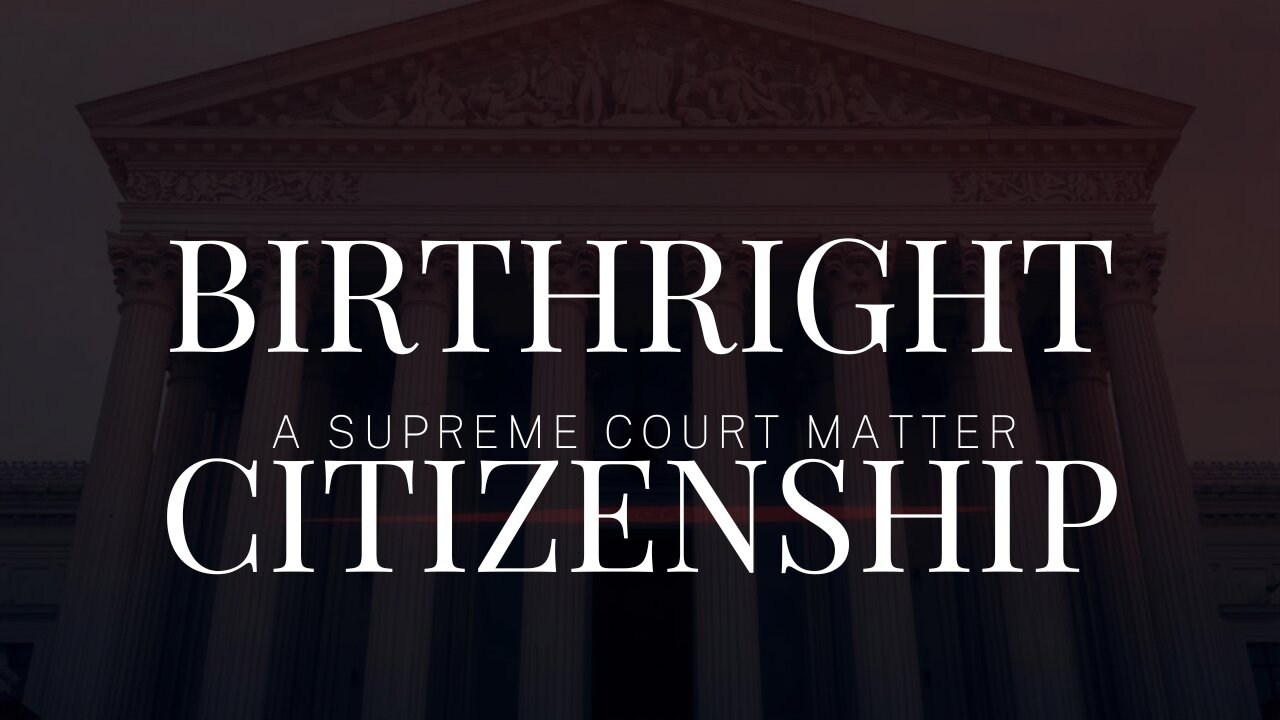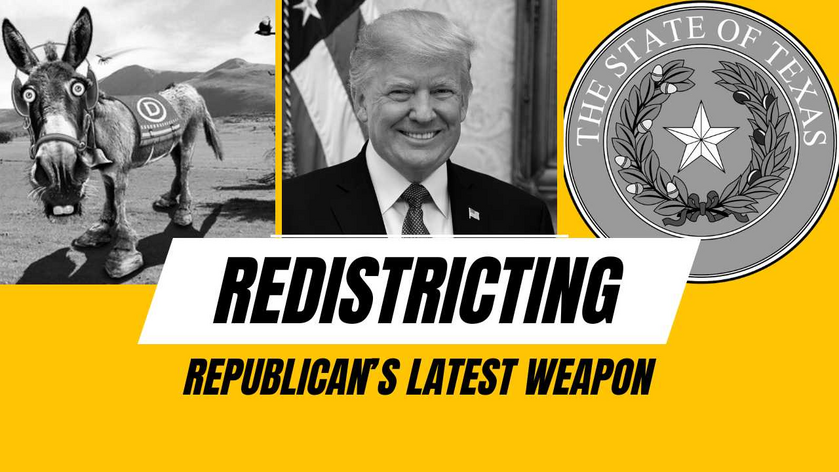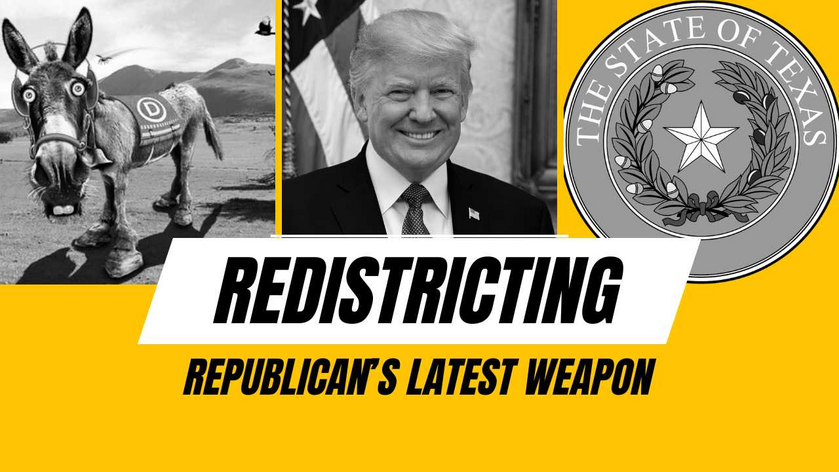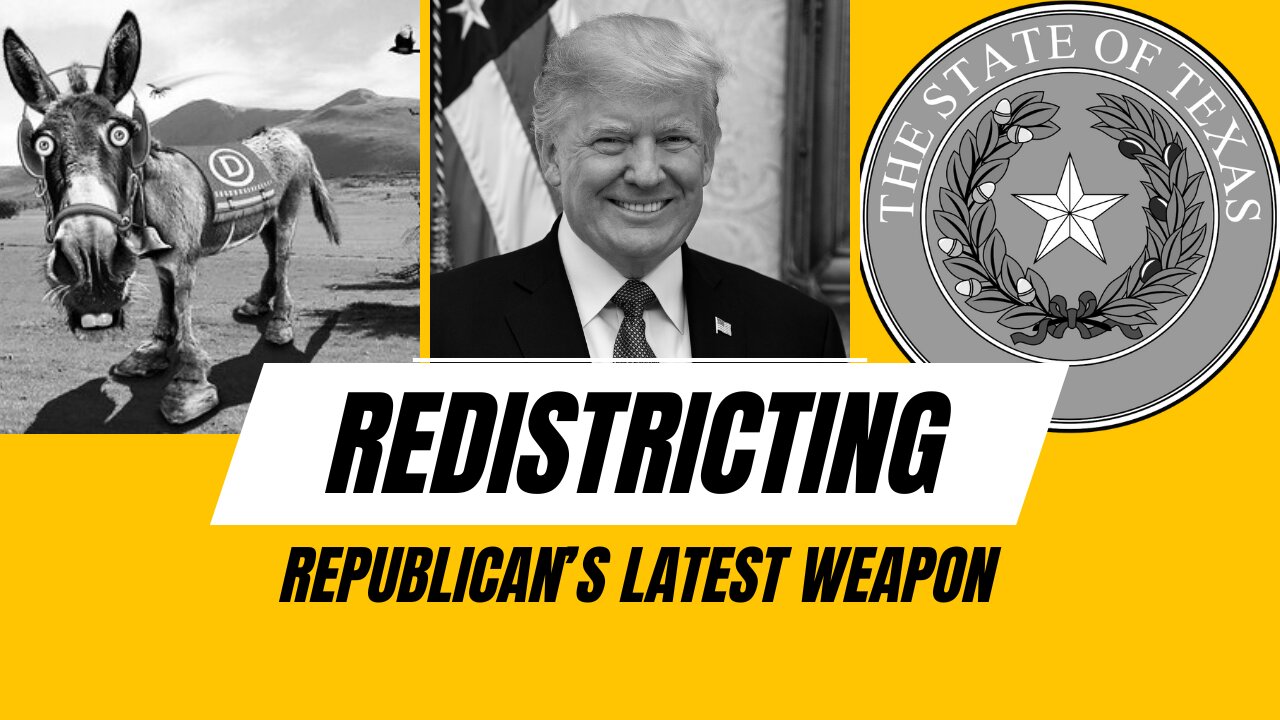The moment most in the federal “civil service” has arrived. Two men, whom President-elect Donald Trump has effectively hired as efficiency experts, will meet tomorrow with several Members of Congress. Elon Musk and Vivek Ramaswamy will present to them their plan for cutting waste from the federal budget. They have identified half a trillion dollars in annual expenditures which Congress never authorized. That includes several “sacred cows” of the left – and that, in turn, will put their authority to the test. Theirs, and that of President-elect Trump, to whom they intend presenting a complete plan on July 4, 2026. Which, of course, is the 250th anniversary of America’s founding.
What is an efficiency expert?
An “efficiency expert” is a temporary troubleshooter whom a company hires to streamline its operations. Because this streamlining typically costs jobs, such an expert is a favorite villain in American business literature. (For the quintessential example, see James Thurber’s “The Catbird Seat.”)
This is, of course, an unfair criticism, because a good efficiency expert typically identifies duplicate – and often counterproductive – functions. The longer an organization continues to exist, the more likely will someone found a new department, or committee, that actually duplicates the functions of existing departments. And the larger the annual budget of an organization, the more easily can one add things to the budget that do not serve the core mission of the organization. No one notices – or when they do notice, they dismiss it as unimportant. The sums in question never amount to more than a tiny fraction of the entire budget, so why worry?
The problem with that attitude is twofold. First, little expenditures add up rapidly to a large drain on the organization’s resources. Second, the organization suddenly is doing some very strange things. At best, these things serve the purely venal interest of the one doing those things – for higher pay. At worst, someone is compromising the organization’s fiduciary – or moral – integrity.
That is where the federal government now finds itself – and that is why Donald Trump, quintessential businessman that he is, saw fit to hire two efficiency experts for the federal government.
The Department of Government Efficiency
Three weeks ago, President Trump announced the appointment of Musk and Ramaswamy as his efficiency experts. Specifically he named them as joint heads of a new Department of Government Efficiency. Calling it a “department” is somewhat of a stretch, because today no such “Department” exists. To make it exist would require an Act of Congress, both to set it up and to create its headship. So more likely this will be an Office of Government Efficiency. Trump can then appoint Musk and Ramaswamy directly, without confirmation hearings in the Senate.
But the two men offered further clues to their mission a week later, in an op-ed in The Wall Street Journal. Its title: “The DOGE Plan to Reform Government.” And its subtitle:
Following the Supreme Court’s guidance, we’ll reverse a decades-long executive power grab.
The two started with a devastating statement of the new office’s reason for being:
Our nation was founded on the basic idea that the people we elect run the government. That isn’t how America functions today. Most legal edicts aren’t laws enacted by Congress but “rules and regulations” promulgated by unelected bureaucrats—tens of thousands of them each year. Most government enforcement decisions and discretionary expenditures aren’t made by the democratically elected president or even his political appointees but by millions of unelected, unappointed civil servants within government agencies who view themselves as immune from firing thanks to civil-service protections.
This is antidemocratic and antithetical to the Founders’ vision. It imposes massive direct and indirect costs on taxpayers. Thankfully, we have a historic opportunity to solve the problem. On Nov. 5, voters decisively elected Donald Trump with a mandate for sweeping change, and they deserve to get it.
And how will this come about?
President Trump has asked the two of us to lead a newly formed Department of Government Efficiency, or DOGE, to cut the federal government down to size. The entrenched and ever-growing bureaucracy represents an existential threat to our republic, and politicians have abetted it for too long. That’s why we’re doing things differently. We are entrepreneurs, not politicians. We will serve as outside volunteers, not federal officials or employees. Unlike government commissions or advisory committees, we won’t just write reports or cut ribbons. We’ll cut costs.
We are assisting the Trump transition team to identify and hire a lean team of small-government crusaders, including some of the sharpest technical and legal minds in America. This team will work in the new administration closely with the White House Office of Management and Budget. The two of us will advise DOGE at every step to pursue three major kinds of reform: regulatory rescissions, administrative reductions and cost savings. We will focus particularly on driving change through executive action based on existing legislation rather than by passing new laws.
That last is key. The President alone decides executive orders and action. Whatever they can do without new laws, goes to show how much the government has grown without Congressional authority.
Musk and Ramaswamy address the worst failing, and hazard, of the administrative state. Quasi-legislative and quasi-judicial executive agencies violate every concept of separation of powers, while also excusing Congress from acting. Musk and Ramaswamy now say: no more. No more excuses, no more mission creep, and no more encroachments on the people’s liberties.
New caucuses and committees
Jordan Conradson at The Gateway Pundit offered details, including a lengthy quote from the op-ed beyond its beginning. Before that, he named names of Senators and Representatives already on board. Specifically, the House DOGE Caucus now includes Reps. Aaron Bean (R-Fla.), Pete Sessions (R-Texas), Jeff Van Drew (R-N.J.), Ralph Norman (R-S.C.), and Jared Moskowitz (D-Fla.). Yes, a Democrat joined this caucus, saying that “reducing ineffective government spending should not be a partisan issue.” In addition, Rep. Marjorie Taylor Greene (R-Ga.) will chair a “DOGE Subcommittee” of the House Oversight Committee.
Senators Joni Ernst (R-Iowa), John Cornyn (R-Texas), Ted Budd (R-S.C.), Mike Lee (R-Utah), Rick Scott (R-Fla.), Roger Marshall (R-Kansas), Eric Schmitt (R-Mo.), and James Lankford (R-Okla.) have formed a Senate DOGE Caucus. Some of those names might be problematic; only time will tell.
Rep. Mike Johnson (R-La.), Speaker of the House, shared a flyer announcing tomorrow’s meeting:
Looking forward to hosting Elon Musk and Vivek G. Ramaswamy next week on Capitol Hill to discuss major reform ideas to achieve regulatory rescissions, administrative reductions, and cost savings—& revive the principle of limited government! Donald Trump has made this possible!
https://x.com/SpeakerJohnson/status/1861850296353243639
Details of the plan
Here are the details that Musk and Ramaswamy shared:
DOGE will work with legal experts embedded in government agencies, aided by advanced technology, to apply these rulings to federal regulations enacted by such agencies. DOGE will present this list of regulations to President Trump, who can, by executive action, immediately pause the enforcement of those regulations and initiate the process for review and rescission. This would liberate individuals and businesses from illicit regulations never passed by Congress and stimulate the U.S. economy.
Here they describe the specific executive action: halting the enforcement of regulations, pending review and possible rescission. This is equivalent to preliminary and permanent injunctions.
When the president nullifies thousands of such regulations, critics will allege executive overreach. In fact, it will be correcting the executive overreach of thousands of regulations promulgated by administrative fiat that were never authorized by Congress. The president owes lawmaking deference to Congress, not to bureaucrats deep within federal agencies. The use of executive orders to substitute for lawmaking by adding burdensome new rules is a constitutional affront, but the use of executive orders to roll back regulations that wrongly bypassed Congress is legitimate and necessary to comply with the Supreme Court’s recent mandates. And after those regulations are fully rescinded, a future president couldn’t simply flip the switch and revive them but would instead have to ask Congress to do so.
One can hope that future Presidents couldn’t simply “rescind the rescission.” Better for Congress to take back some of the authority it has wrongly delegated. But this is a good start.
A drastic reduction in federal regulations provides sound industrial logic for mass head-count reductions across the federal bureaucracy. DOGE intends to work with embedded appointees in agencies to identify the minimum number of employees required at an agency for it to perform its constitutionally permissible and statutorily mandated functions. The number of federal employees to cut should be at least proportionate to the number of federal regulations that are nullified: Not only are fewer employees required to enforce fewer regulations, but the agency would produce fewer regulations once its scope of authority is properly limited. Employees whose positions are eliminated deserve to be treated with respect, and DOGE’s goal is to help support their transition into the private sector. The president can use existing laws to give them incentives for early retirement and to make voluntary severance payments to facilitate a graceful exit.
That’s key: move those hangers-on, who see Presidents come and go, out of government service. But what of the “civil service protections”?
Conventional wisdom holds that statutory civil-service protections stop the president or even his political appointees from firing federal workers. The purpose of these protections is to protect employees from political retaliation. But the statute allows for “reductions in force” that don’t target specific employees. The statute further empowers the president to “prescribe rules governing the competitive service.” That power is broad. Previous presidents have used it to amend the civil service rules by executive order, and the Supreme Court has held—in Franklin v. Massachusetts (1992) and Collins v. Yellen (2021) that they weren’t constrained by the Administrative Procedures Act when they did so.
Eminently logical. A man whose job has disappeared, cannot protest his firing. That goes double after the elimination of a large class of jobs, without reference to any one jobholder.
With this authority, Mr. Trump can implement any number of “rules governing the competitive service” that would curtail administrative overgrowth, from large-scale firings to relocation of federal agencies out of the Washington area. Requiring federal employees to come to the office five days a week would result in a wave of voluntary terminations that we welcome: If federal employees don’t want to show up, American taxpayers shouldn’t pay them for the Covid-era privilege of staying home.
This paragraph addresses two imperatives. The second imperative, of course, is to require workers to show up to earn their pay. But the first imperative has political significance. To an uncomfortably great extent, the Washington-area federal workforce chooses Virginia State-wide officeholders. Gov. Terence McAuliffe and Ralph Northam were creatures of that federal workforce, which overwhelmingly votes Democratic. The only reason Glenn Youngkin, Winsome Sears, and Jason Miyares won election in 2021 is that McAuliffe, trying to play the Seat Warmer Game, had the execrable taste to declaim:
Parents have no say in the education of their children in our public schools.
Kamala Harris and Sen. Tim Kaine (D-Va.) didn’t make that mistake; hence, Harris carried Virginia and Kaine kept his seat. If Republicans want to reclaim Virginia, that the bloated federal workforce must disappear.
Cost savings – beyond federal payrolls
Finally, we are focused on delivering cost savings for taxpayers. Skeptics question how much federal spending DOGE can tame through executive action alone. They point to the 1974 Impoundment Control Act, which stops the president from ceasing expenditures authorized by Congress. Mr. Trump has previously suggested this statute is unconstitutional, and we believe the current Supreme Court would likely side with him on this question. But even without relying on that view, DOGE will help end federal overspending by taking aim at the $500 billion plus in annual federal expenditures that are unauthorized by Congress or being used in ways that Congress never intended, from $535 million a year to the Corporation for Public Broadcasting and $1.5 billion for grants to international organizations to nearly $300 million to progressive groups like Planned Parenthood.
The Impoundment Control Act came to be because President Richard M. Nixon tried to impound federal funds. Sometimes Congress says it authorizes an expenditure when in fact it requires it. And Musk and Ramaswamy are correct: we have a different Supreme Court from the Nineteen Seventies. The current Supreme Court, in fact, ended the “Chevron Deference” that allowed the administrative state to grow.
That aside, not many people realize that the government spends half a trillion dollars without Congressional authority. Nor do they realize that the Planned Parenthood funding falls under that heading, or something close enough to it. Apart from the lack of any good purpose, why should taxpayers fund an organization that kills babies in the womb?
In short, the two efficiency experts are promising a result for which the American people have waited far too long. It’s time to achieve that result.
Link to:
The article:
https://cnav.news/2024/12/04/news/efficiency-experts-coming/
Video:
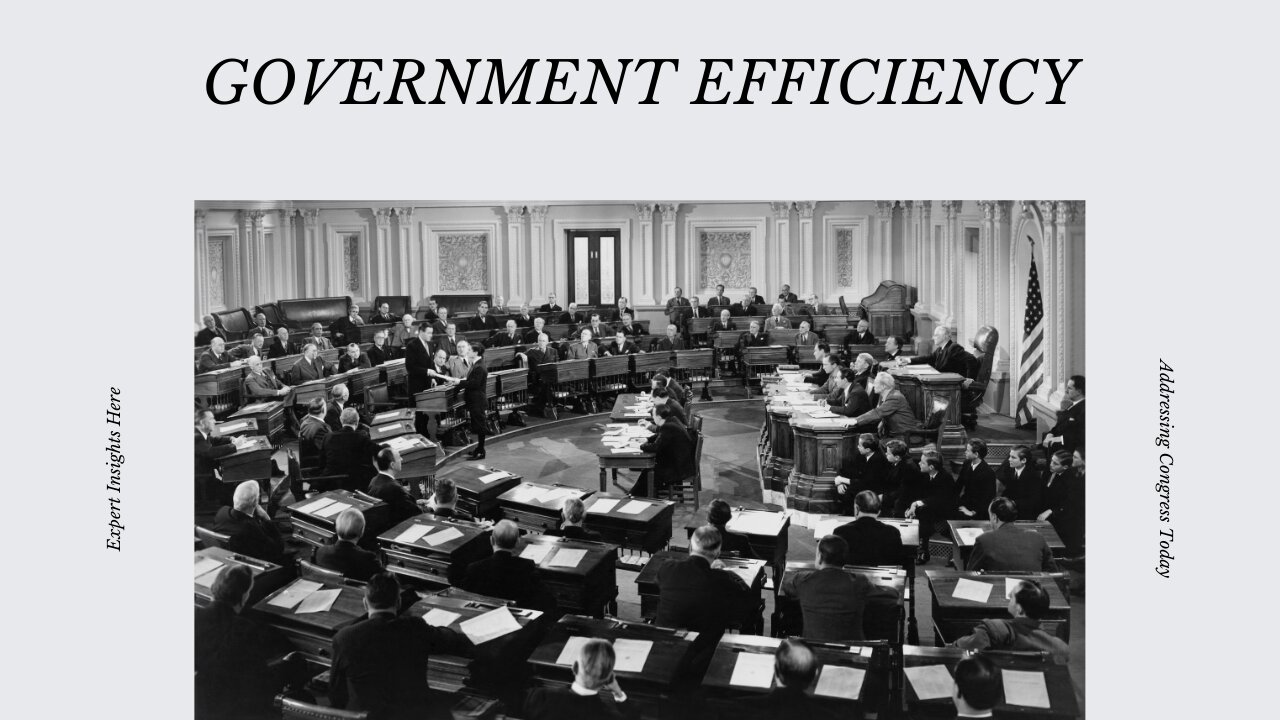
“The Catbird Seat” by James Thurber at Fullreads.com:
https://fullreads.com/literature/the-catbird-seat/
Department of Government Efficiency:
https://cnav.news/2024/11/13/news/federal-government-taking-shape-next-year/
https://www.thegatewaypundit.com/2024/11/breaking-trump-announces-elon-musk-vivek-ramaswamy-will/
https://www.thegatewaypundit.com/2024/12/doge-heads-elon-musk-vivek-ramaswamy-address-members/
https://x.com/SpeakerJohnson/status/1861850296353243639
Declarations of Truth:
Declarations of Truth Locals Community:
https://declarationsoftruth.locals.com/
Conservative News and Views:
Clixnet Media
